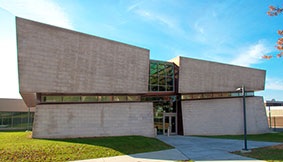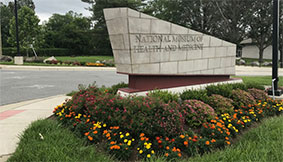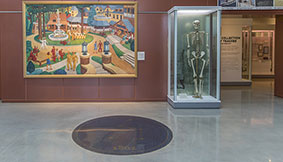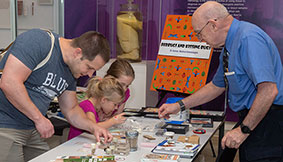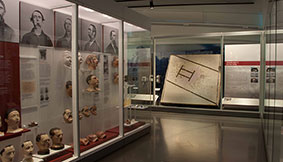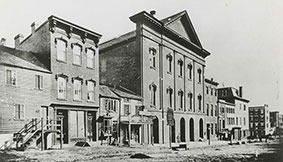Visit
For more than 150 years, the National Museum of Health and Medicine has collected and shared information about the history of medicine and American military medicine. We invite you to learn more as you plan a visit or explore our public programs.
The museum is FREE and open to the public Wednesday to Sunday 10 a.m.–5 p.m.
We are committed to making every visit a unique and comfortable experience. For accessibility information, click here. Interested in visiting with a group? Make sure to check out our tour offerings.



